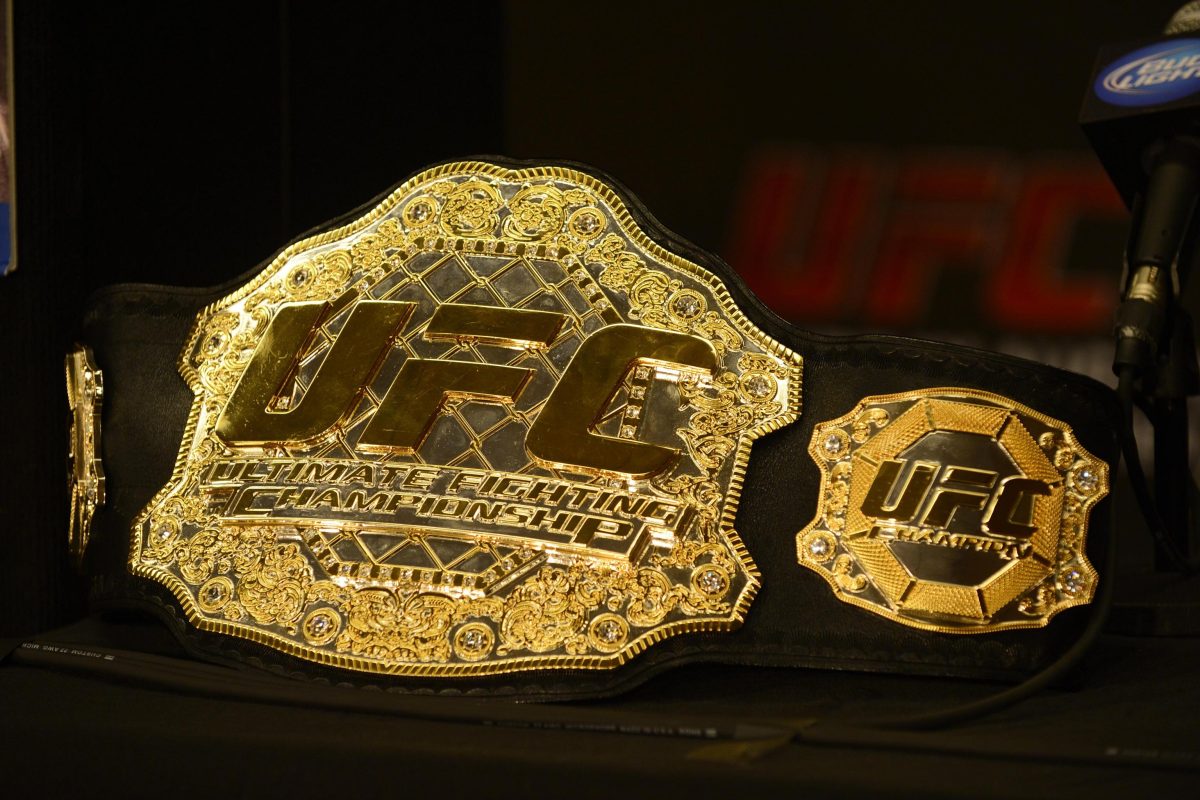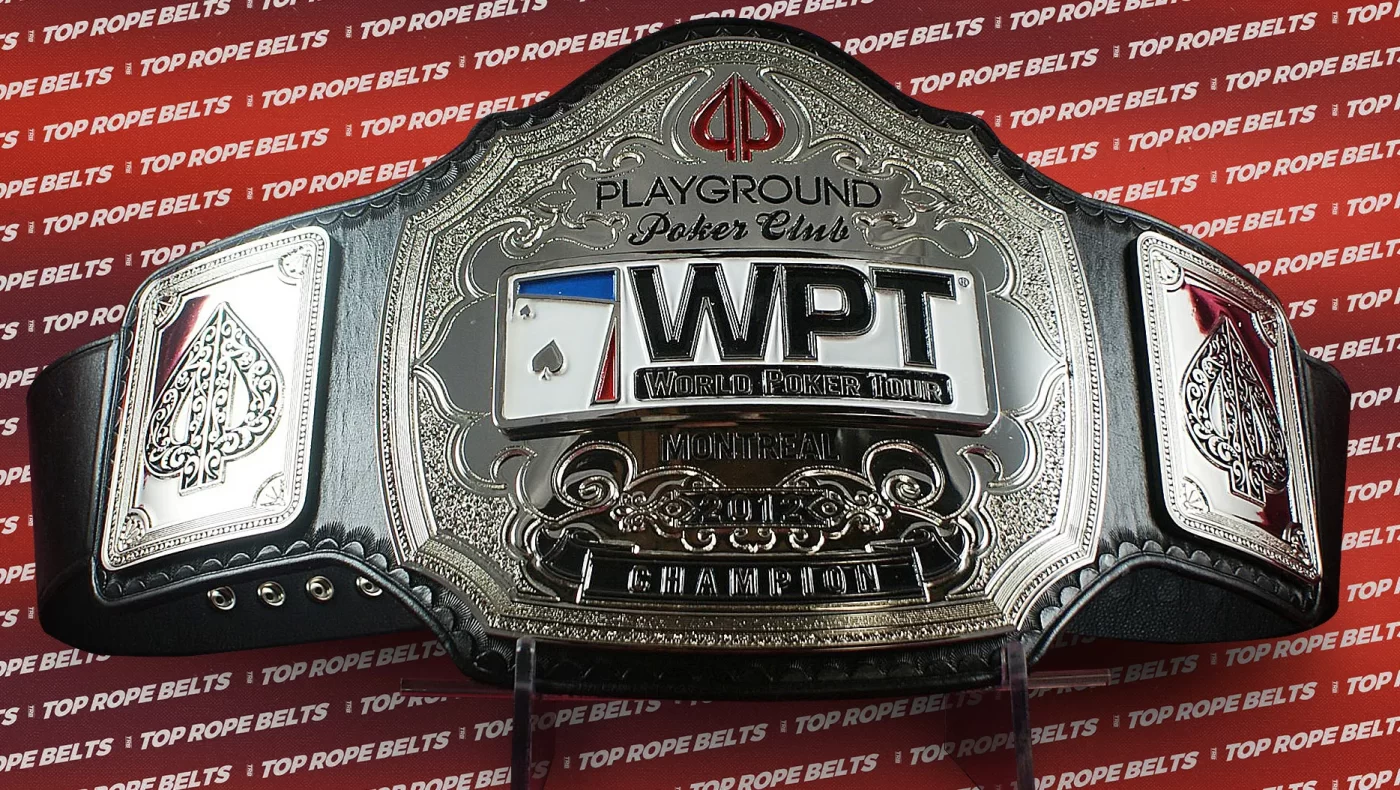General
How Championship Belts Are Made
Championship belts hold a special place in the world of sports, symbolizing victory, honor, and achievement. These iconic accessories have become synonymous with champions and are highly coveted by athletes and fans alike. But have you ever wondered how these remarkable works of art are made?
In this article, we will explore the fascinating process behind the creation of how championship belts are made, from their historical origins to the meticulous craftsmanship involved today.
Table of Content

1. Introduction
Championship belts serve as tangible representations of athletic excellence. They are awarded to champions in various sports, most notably combat sports like boxing, wrestling, and mixed martial arts (MMA). These belts are not mere accessories; they embody the blood, sweat, and tears shed by athletes in their pursuit of glory.
2. Historical background of championship belts
The tradition of awarding championship belts dates back centuries. Early iterations can be traced to ancient civilizations where winners of athletic competitions were presented with decorative belts or sashes. Over time, these belts evolved, incorporating intricate designs and materials that reflected the grandeur of the victories they represented.

3. Designing a championship belt
Design plays a crucial role in the creation of a championship belt. It must be visually striking, memorable, and representative of the sport or organization it represents. Belt makers work closely with sports organizations to understand their vision and create a design that captures the essence of the championship.
4. Materials and craftsmanship
Craftsmanship and the materials used are fundamental to the creation of championship belts. High-quality metals, such as brass or zinc alloy, are often chosen for the main plates, while leather or synthetic materials form the belt’s strap. Skilled artisans meticulously shape, mold, and engrave these materials, ensuring precision and attention to detail in every aspect of the belt’s construction.

5. Customization and personalization
Championship belts are highly customizable, allowing organizations to incorporate their logos, titles, and other individualized features. These belts can be commissioned for specific events or designed to honor a particular champion. The personalization adds a unique touch, making each belt a one-of-a-kind masterpiece.
6. Manufacturing process
The manufacturing process of a championship belt involves several intricate steps. First, the materials are carefully cut, shaped, and engraved to match the approved design. The main plates and side plates are meticulously crafted, paying attention to every detail. Once all the components are ready, they are skillfully assembled, and the finishing touches, such as polishing and plating, are applied.
7. Quality control and durability
To ensure the highest standards of quality, championship belts undergo rigorous testing and inspection procedures. These belts are designed to be durable, able to withstand the rigors of professional competition. Each belt is scrutinized to ensure it meets the organization’s specifications and will last for generations to come.

8. Presentation and symbolism
The unveiling and presentation of a championship belt are highly anticipated moments. The belt represents not only a physical reward but also the embodiment of the champion’s dedication and sacrifice. It is a symbol of their triumph and serves as a constant reminder of their achievement.
9. Maintenance and care
Proper maintenance and care are crucial to preserving the condition of a championship belt. Regular cleaning, handling with care, and storing it in a suitable environment are essential to prevent damage and maintain its pristine appearance. Champions and their teams often follow specific guidelines to ensure the belt remains in excellent condition.
10. Collecting and trading championship belts
Championship belts have transcended their original purpose and become highly sought-after collectibles. Many sports enthusiasts and memorabilia collectors are drawn to the allure of owning a piece of sporting history. These belts can hold significant market value, with rare or iconic belts commanding high prices in the collector’s market.

11. Championship belts beyond combat sports
While championship belts are most commonly associated with combat sports, their symbolic power extends to other competitive domains. Various fields, such as poker, e-sports, and professional wrestling, have adopted the tradition of awarding championship belts. In these realms, the belts serve as tangible representations of achievement and recognition.
12. Conclusion
The creation of championship belts is a fascinating blend of artistry, craftsmanship, and symbolism. From their historical origins to the meticulous design and manufacturing processes of today, these belts encapsulate the spirit of athletic competition. They represent the pinnacle of achievement and serve as lasting testaments to the champions who have earned the right to wear them.
FAQs
1. How long does it take to make a championship belt?
The time required to create a championship belt can vary depending on its complexity and the availability of materials. Generally, it takes several weeks to design, craft, and assemble a championship belt.
2. Are championship belts made by hand?
While some aspects of belt production are done by hand, modern manufacturing techniques also utilize machinery to ensure precision and consistency. The combination of skilled craftsmanship and technological advancements results in high-quality championship belts.
3. Can individuals purchase replica championship belts?
Yes, many organizations offer replica championship belts for sale. These replicas allow fans to own a piece of sporting history and feel connected to their favorite champions.
4. Are championship belts heavy?
Championship belts can vary in weight depending on their design and materials used. The main plates and side plates, often made of metal, contribute to their overall weight, but they are designed to be comfortable for the champions to wear.
5. Do champions keep the championship belt forever?
Champions typically keep the championship belt for the duration of their reign. However, in some cases, organizations may request the return of the belt if the champion is dethroned or if it is needed for a future event.

